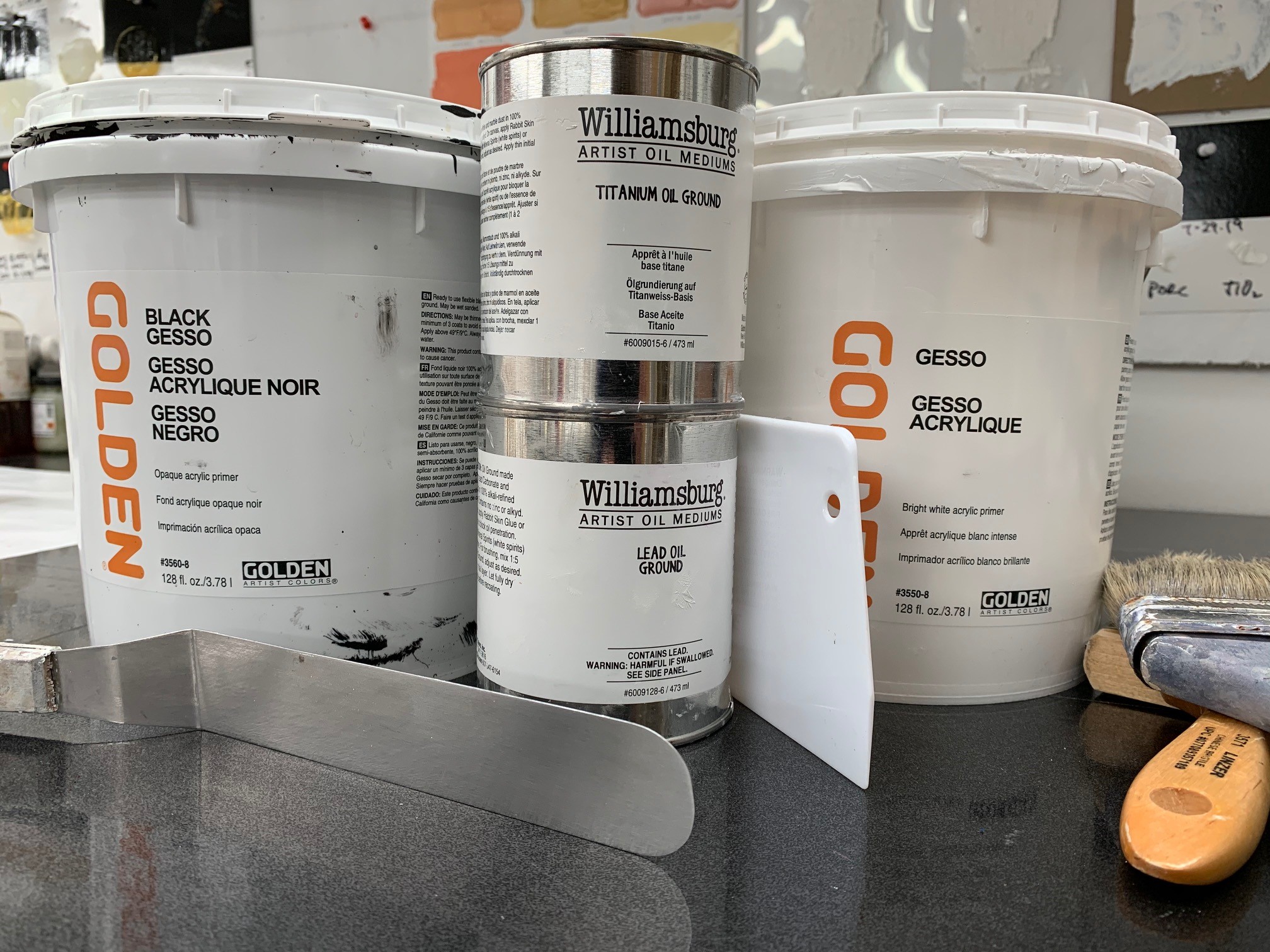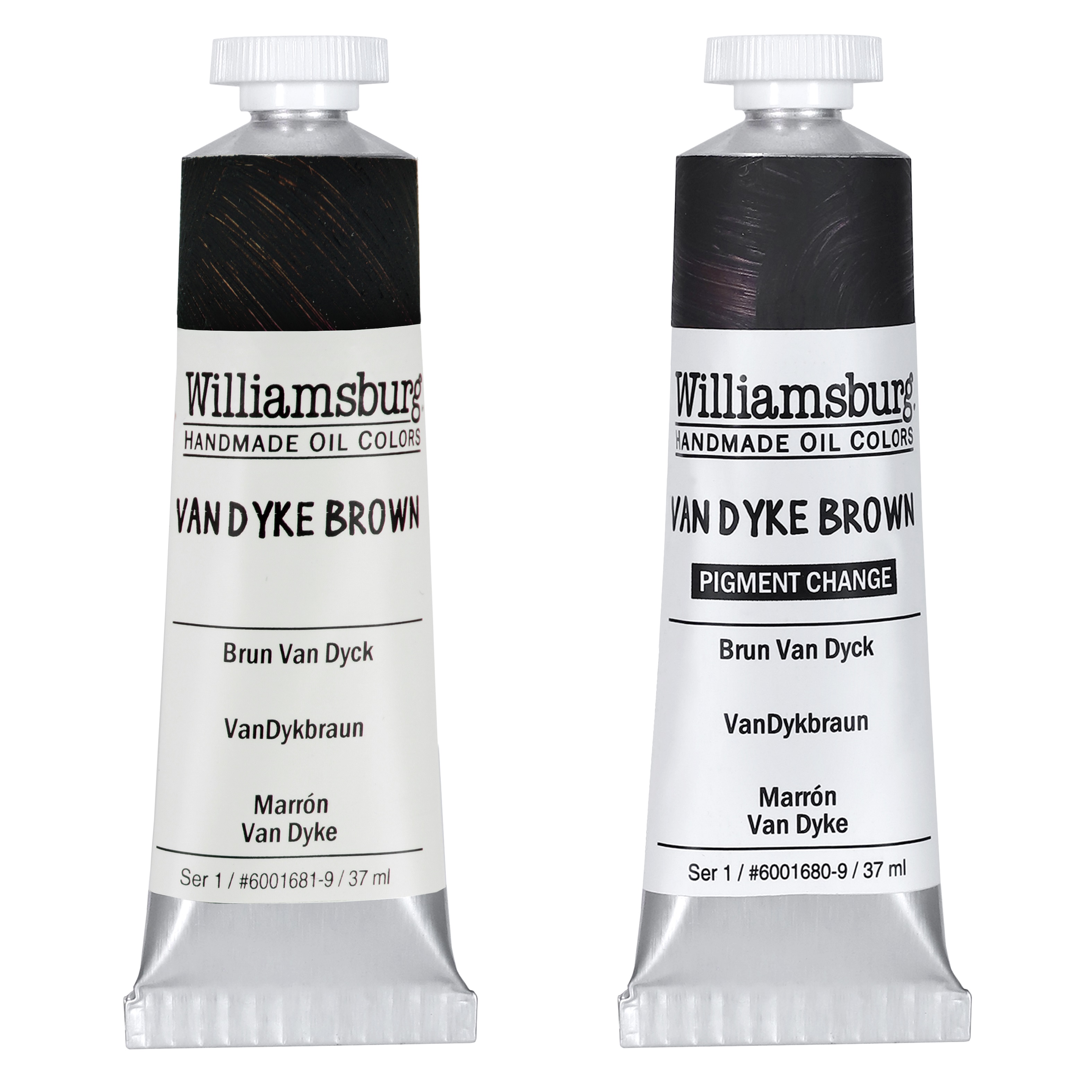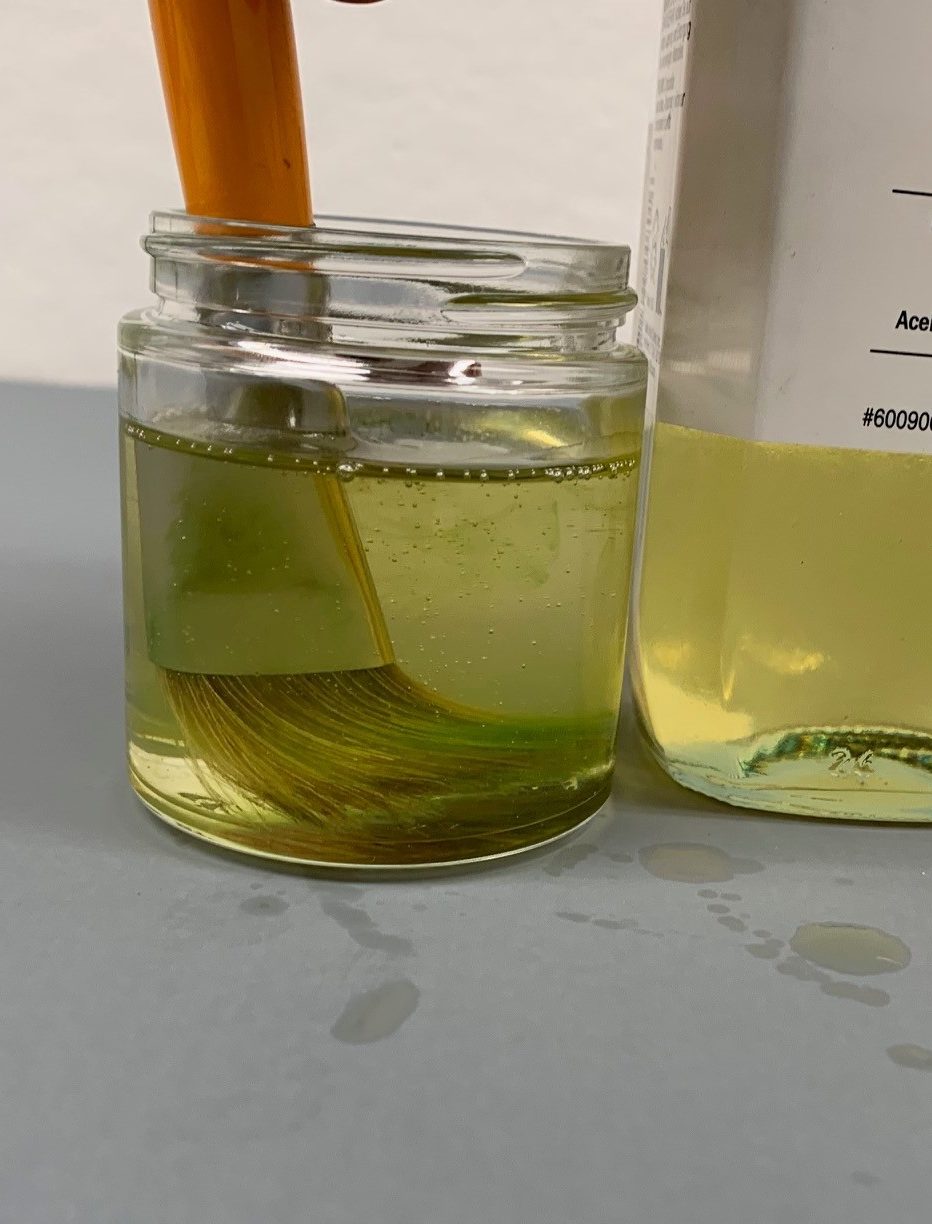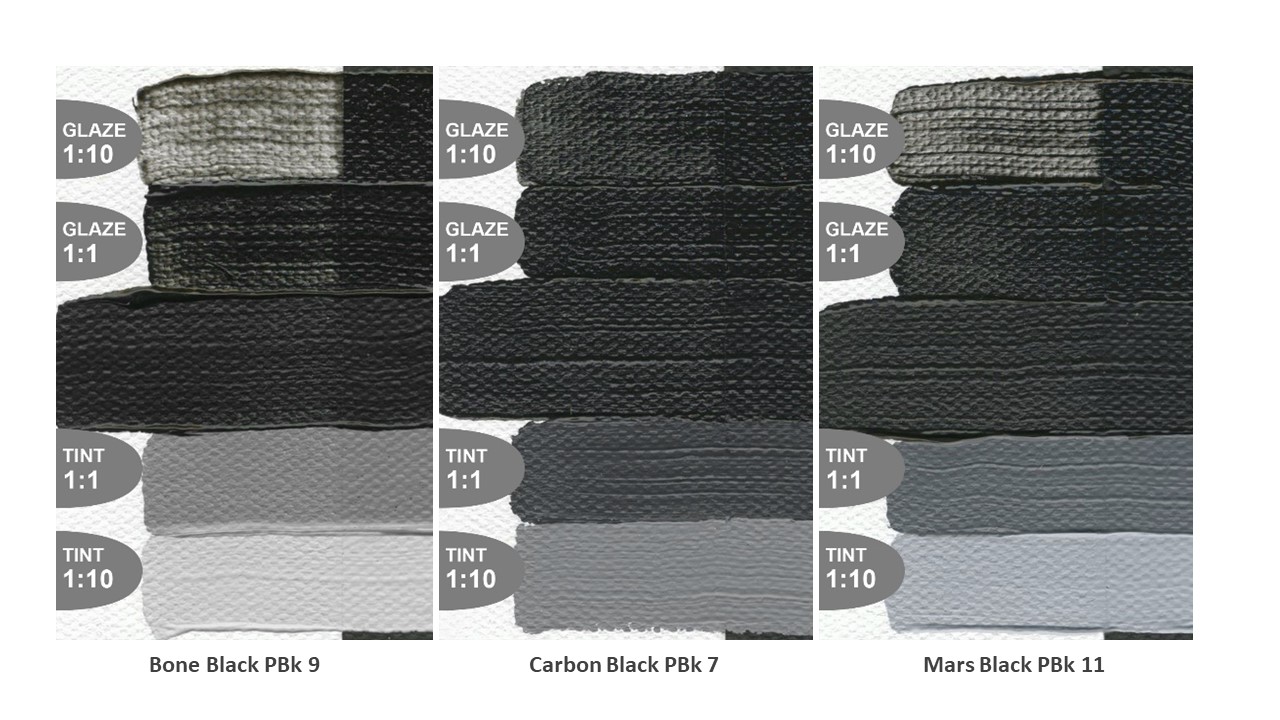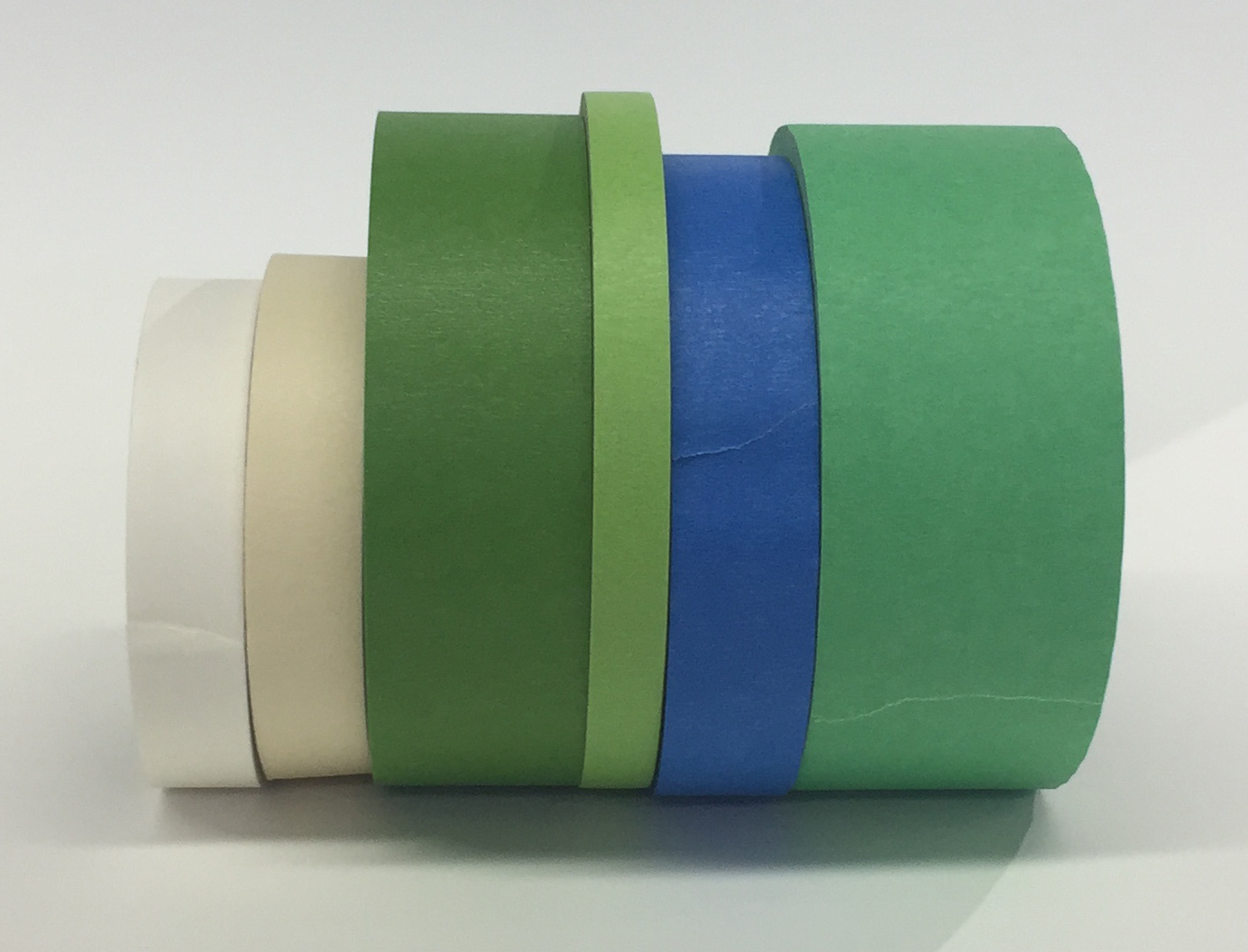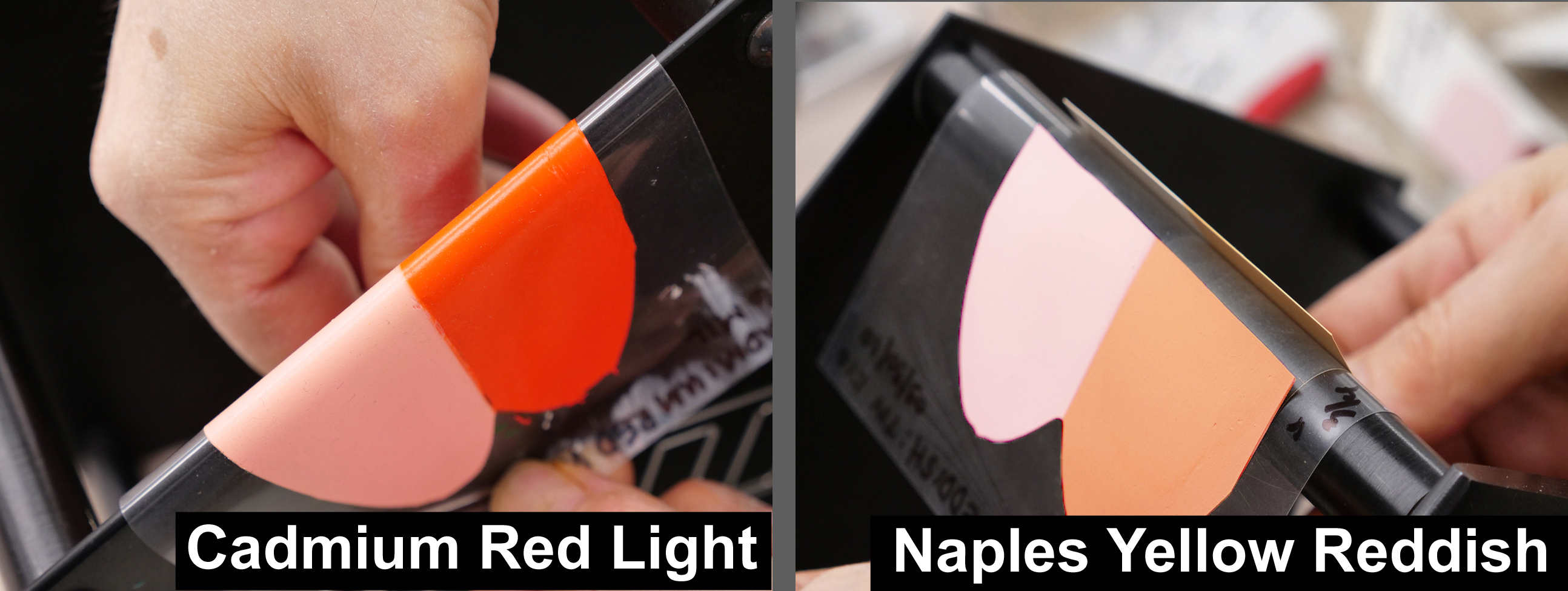When oil painters visit our factory, we always show them these colors. The response is unanimously positive, especially from those who use darker tones or blacks in their work. Williamsburg has six chromatic darks that we want to feature in this article. These colors are all blends, containing a natural iron oxide or Ivory … Read more
Home>Uncategorized> Color> Oils > Williamsburg Chromatic Darks
Archive | Oils
EDITOR’S NOTE (4/14/21): Please note our recommendation for sizing before applying Oil Ground is currently being retested and this article has been changed to reflect this development. Grounds are selected to provide the proper color, level of absorbency and tooth to meet an artist’s needs. Oil painters have the extra concern of protecting from oil … Read more
Due to pigment availability issues, Williamsburg Handmade Oil Colors will unfortunately be discontinuing French Noir Indien and French Cassel Earth. We will also be changing our Van Dyke Brown from a Bituminous Earth and Raw Umber blend to a new mixture of Ivory Black and synthetic iron oxide. The pigment used to make French … Read more
For oil painters who want to reduce the amount of solvent in their studio, we would like to share a solvent-free brush cleaning option that can be used during and after painting. All you need for this process are paper towels and a container with 2-3 inches of drying oil such as linseed, safflower, walnut … Read more
Every now and then we get emails from artists inquiring whether our paints are vegan. We love that and are happy to share information so artists can feel comfortable using our products without compromising on their principles. To start the discussion on the same page, here is a definition of the term ‘vegan’ by The … Read more
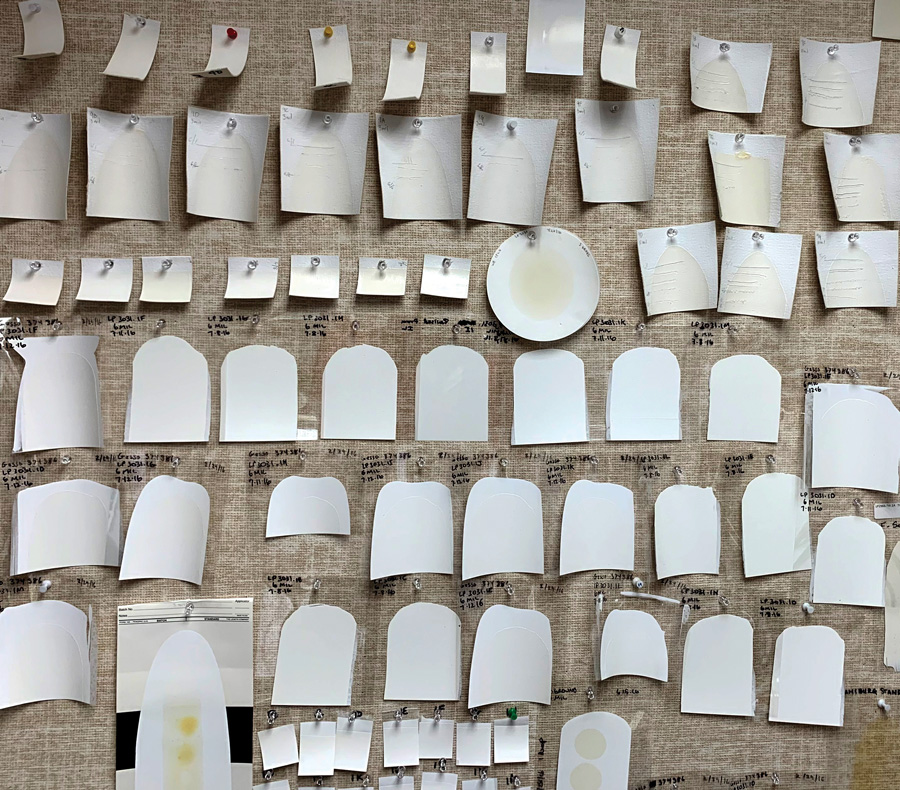
You would think that we would know more by now; that the questions would be answered, the arguments settled. But we don’t, and they aren’t. Even basic and fundamental issues continue to remain unaddressed by research. Will cold-pressed or alkali-refined linseed oil yellow more? Do historical and traditional processing methods lessen that? How do all … Read more
Linseed oil comes from flax seeds which are harvested from the same flax plant that produces the fibers used to make linen. Artists have been using linseed oil for centuries to make paints, mediums and varnishes. It is widely used today, not only in artist materials, but also for a wide range of industrial applications … Read more
Painter’s tapes are ubiquitous, ranging from traditional masking tapes to newer yellow, blue, and green ones that tout different levels of tack and easy release, or highlight new technologies to tightly lock down an edge. For many of us, they have also become part of the common materials found in our studios. And what’s not … Read more
Introduction This article is a companion piece to Zinc Oxide – Warnings Cautions and Best Practices, published in our print newsletter, Just Paint, Issue 35, as well as our FAQs Concerning Zinc Oxide (PW 4) in Oil Paints From the start zinc oxide has lived a double life – at turns celebrated and shunned, loathed and loved. On … Read more
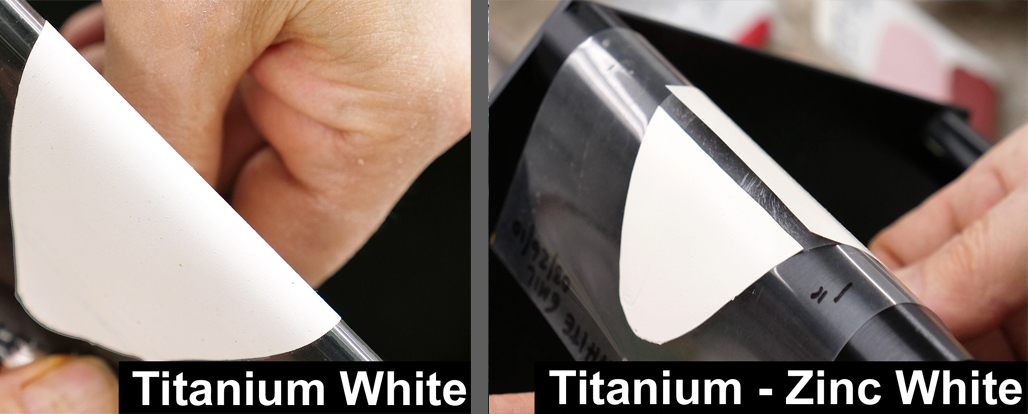
FAQs Concerning Zinc Oxide (PW 4) in Oil Paints PDF version: Zinc Oxide FAQ INDEX Zinc Oxide’s Use in the Past When did artists start using Zinc White? Why was Zinc used? What did it offer? Are older paintings containing Zinc Oxide falling apart? Why do some older paintings still look good? How Does Zinc Oxide … Read more


